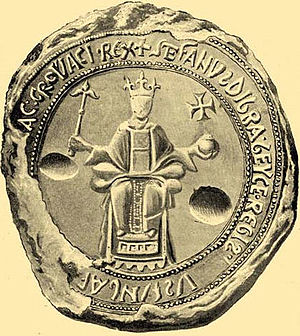The 1070s was a decade of the Julian Calendar which began on January 1, 1070, and ended on December 31, 1079.
The 1100s was a decade of the Julian Calendar which began on January 1, 1100, and ended on December 31, 1109.
The 1110s was a decade of the Julian Calendar which began on January 1, 1110, and ended on December 31, 1119.
The 1080s was a decade of the Julian Calendar which began on January 1, 1080, and ended on December 31, 1089.

Year 1113 (MCXIII) was a common year starting on Wednesday of the Julian calendar.

Year 1116 (MCXVI) was a leap year starting on Saturday of the Julian calendar.
Year 1118 (MCXVIII) was a common year starting on Tuesday of the Julian calendar.

Year 1110 (MCX) was a common year starting on Saturday of the Julian calendar.

1055 (MLV) was a common year starting on Sunday of the Julian calendar.
Year 1070 (MLXX) was a common year starting on Friday of the Julian calendar, the 1070th year of the Common Era (CE) and Anno Domini (AD) designations, the 70th year of the 2nd millennium, the 70th year of the 11th century, and the 1st year of the 1070s decade.

Year 1101 (MCI) was a common year starting on Tuesday of the Julian calendar. It was the 2nd year of the 1100s decade, and the 1st year of the 12th century.

Year 1029 (MXXIX) was a common year starting on Wednesday of the Julian calendar.

Year 1274 (MCCLXXIV) was a common year starting on Monday of the Julian calendar.

Year 1134 (MCXXXIV) was a common year starting on Monday of the Julian calendar.

Year 1064 (MLXIV) was a leap year starting on Thursday of the Julian calendar.

Year 1092 (MXCII) was a leap year starting on Thursday of the Julian calendar.

Year 1094 (MXCIV) was a common year starting on Sunday of the Julian calendar.

Year 1105 (MCV) was a common year starting on Sunday of the Julian calendar.

The Artuqid dynasty was established in 1102 as an Anatolian Beylik (Principality) of the Seljuk Empire. It formed a Turkoman dynasty rooted in the Oghuz Döğer tribe, and followed the Sunni Muslim faith. It ruled in eastern Anatolia, Northern Syria and Northern Iraq in the eleventh through thirteenth centuries. The Artuqid dynasty took its name from its founder, Artuk Bey, who was of the Döger branch of the Oghuz Turks and ruled one of the Turkmen beyliks of the Seljuk Empire. Artuk's sons and descendants ruled the three branches in the region: Sökmen's descendants ruled the region around Hasankeyf between 1102 and 1231; Ilghazi's branch ruled from Mardin and Mayyafariqin between 1106 and 1186 and Aleppo from 1117–1128; and the Harput line starting in 1112 under the Sökmen branch, and was independent between 1185 and 1233.

Ordelafo Faliero de Doni was the 34th Doge of Venice.














